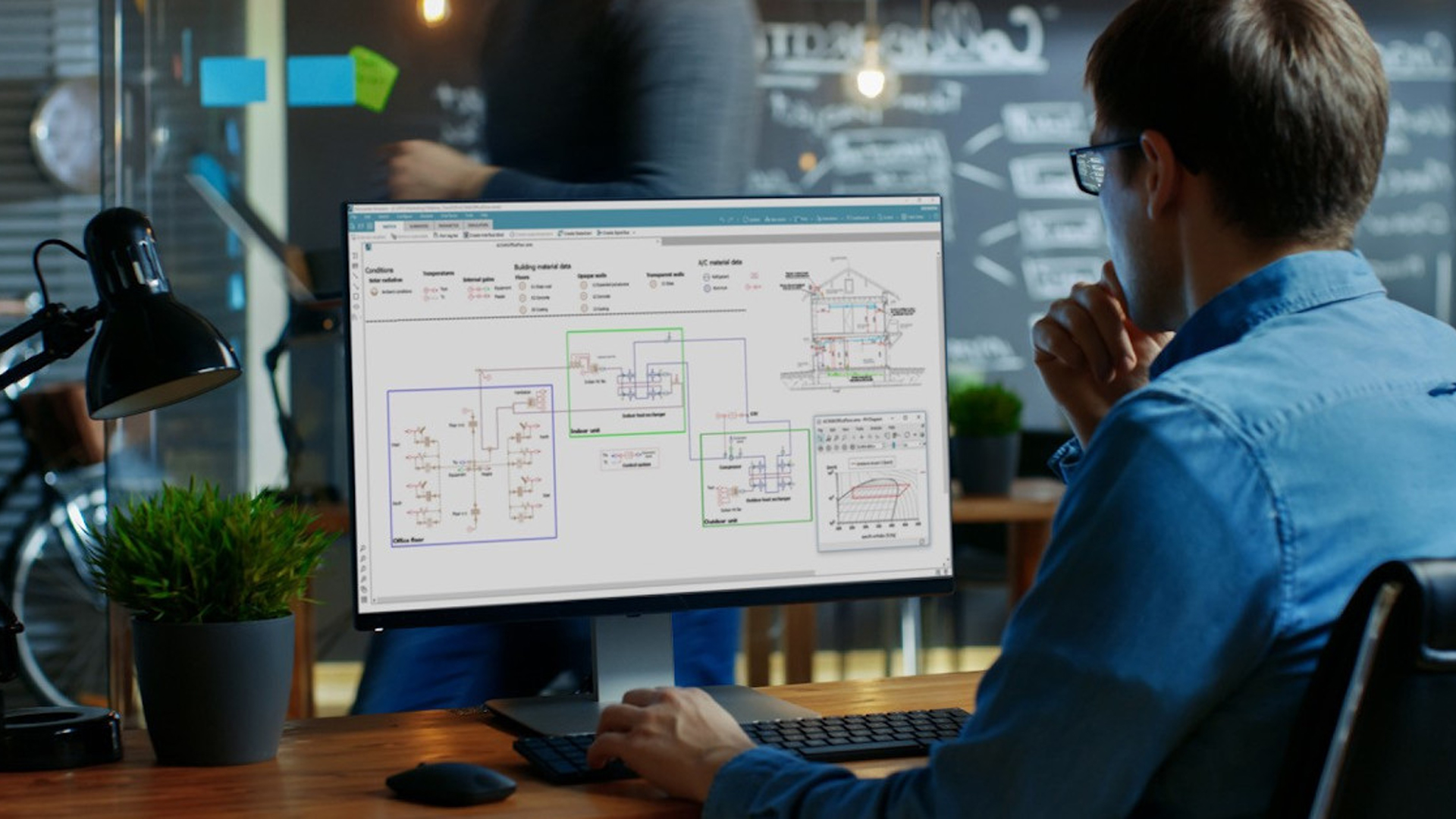HVAC industry turns to HVAC simulation tools to innovate, meet increasing demand | Webinar recap

The heating, ventilation, and air conditioning (HVAC) industry is experiencing unprecedented growth and requires innovation.
Demand for smarter, more efficient HVAC equipment is on the rise on two fronts, and manufacturers must find a way to balance costs, comfort and carbon footprint.
Simulation needs to be a major part of the solution. A recent joint webinar from Siemens Digital Industries Software and Daikin R&D Malaysia outlined new ways HVAC manufacturers are leveraging simulation tools to drive breakthroughs in HVAC product development.
Watch the trailer below:
Challenges and opportunities in the HVAC industry
Rising global temperatures are driving demand for residential air conditioning, and at the same time, data centers are rapidly expanding.
All of this is set to double electricity consumption in the near future.
HVAC systems are known for their high energy usage, and manufacturers need to find new ways to enhance system efficiency and sustainability.
Rajesh Ramaya Selvaraj, Simcenter Industry Marketing Manager at Siemens DISW, talks about the state of the HVAC industry in this webinar clip.
The state of the HVAC industry
Consumers and government regulations are pushing for more energy-efficient and environmentally friendly HVAC solutions, so the latest HVAC equipment has seen the introduction of smart sensors, controls and stricter refrigerant regulations.
HVAC product development is changing, and companies need to innovate at every level, from components to entire systems, to meet the evolving demands.
Incorporating HVAC simulation into the design process
Integrating simulation software into design tools has already proven to be an effective way to address many of the industry’s current challenges.
The process begins at the concept design and the system definition stages, where market requirements are translated into engineering objectives.
From there, multi-domain design and engineering leverages simulation to predict performance with a focus on comfort and energy consumption.
These simulations range from fluid and thermal analyses to control strategies and mechanical analyses.
HVAC companies can benchmark against competitors and define new architectures even before physical models are developed, requiring fewer prototypes and improving accuracy and efficiency.
Embedding simulation within the CAD environment supports compliance with local regulations and helps balance performance attributes like quality and cost.
Giulio Camauli, Simcenter Industry Solutions Manager at Siemens DISW, shares a few HVAC customer case studies and highlights the successes they’ve seen.
HVAC customers use simulation during design
By using simulation early and often, designers can make more informed decisions earlier in the design process to enhance overall product quality and improve customer satisfaction.
For one particular customer, that meant significantly reducing cooling times.
Daikin uses HVAC simulation to achieve real-world innovations
Not long ago, Daikin set out to improve the cooling performance of their air conditioning products.
More specifically, they wanted to decrease the amount of time it took for their systems to cool the interior environment and improve user comfort.
They set out to create an HVAC system that could rapidly lower temperatures from 35° C (95° F) to 26° C (79° F) in just five minutes.
The design engineers used simulation software to fine-tune different parameters like compressor startup frequency, startup EXV openings and startup durations.
Dr. Chng Ming Hui, Senior Lead Engineer at Daikin Malaysia SDN BHD, explains their process in this clip from the webinar.
Optimizing fast cooling systems using HVAC simulations
Through these HVAC simulations and additional validations, Daikin was able to replace physical testing, which accelerated the development process and lowered costs.
Conclusion
This webinar highlights the many ways HVAC simulation software is transforming the way new HVAC equipment is being designed and built.
Through integrated simulation, engineers can more easily explore new solutions and try new ideas quickly and efficiently.
When simulation tools are a larger part of the design process, the future of HVAC will be more efficient, sustainable, and economical.
Simulation tools are turning the industry’s many challenges into opportunities, and the companies that embrace these tools will gain a competitive advantage.
Watch the full webinar on-demand to hear the in-depth discussions and further explore real-world applications.
